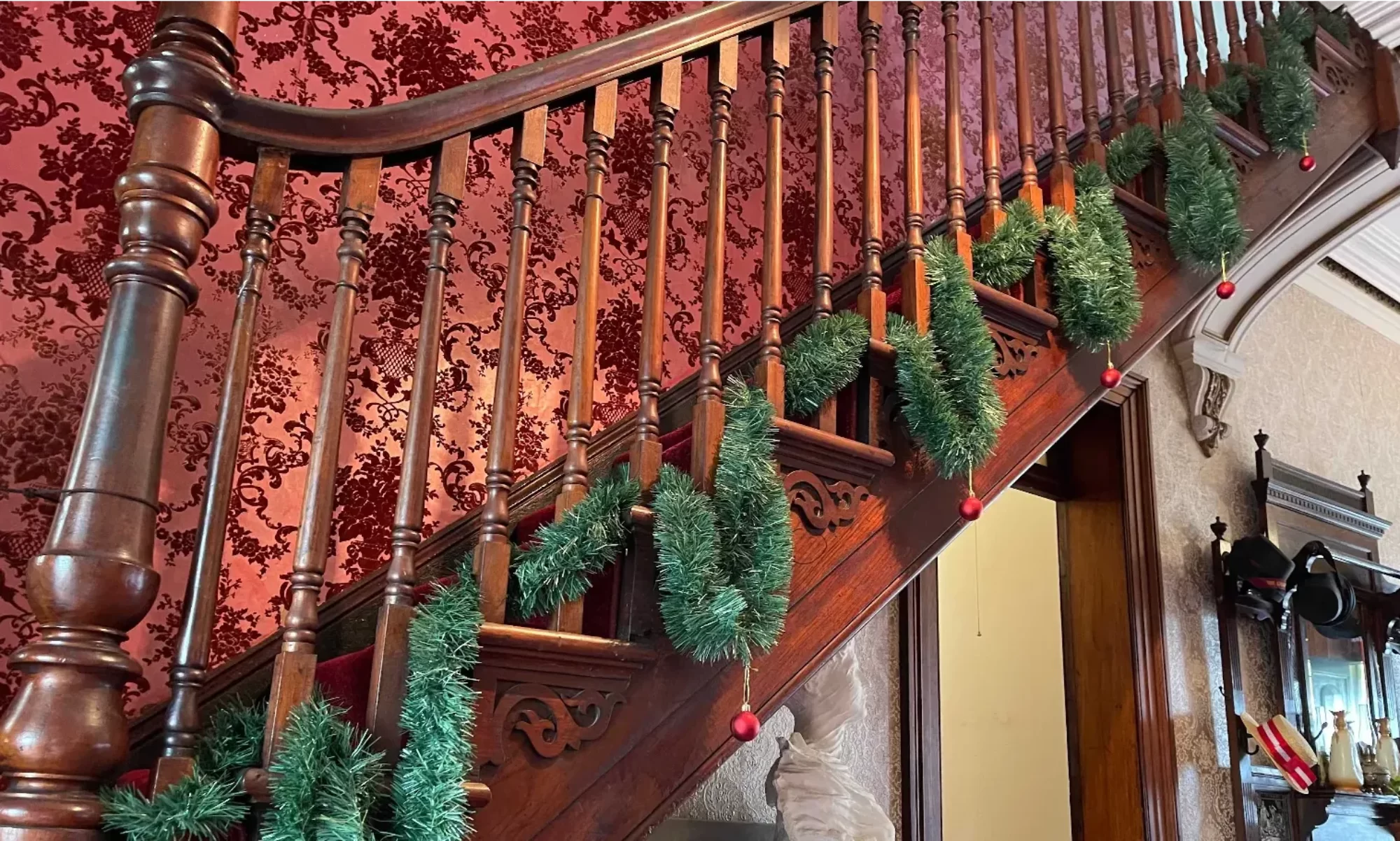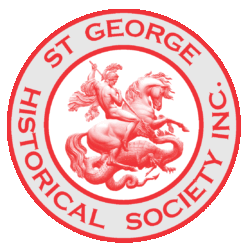by Kirsten Broderick, Local History Services Coordinator, Rockdale City Library The National Trust runs a heritage festival every year, and every year Rockdale Council tries to participate in some way. This year, Council is holding a range of activities and I was asked to give a talk at Bexley Library focusing on the heritage of …
Reminiscences of 1900s Rockdale
by C. W. Napper I have been requested to present a description of the affairs of Rockdale in the early days of my youth, which, so I have been informed, would be of interest to my fellow members of the St. George Historical Society. On a first things first basis, I must mention that I …
A Convict Maid
Sarah Bellamy was born in the small Worcestershire village of Belbroughton, the sixth of eight children of Richard and Elizabeth Bellamy, and was baptised on February 3rd 1770 at Holy Trinity Church. The church stands upon a former pagan Saxon burial ground, whilst the village of Belbroughton itself can proudly trace its origins to an …
Centenary: Banksia Free Church, est. 1890
Compiled by Walter G Kirton, Interim Pastor March 1990. Reproduced with Permission (Editor’s note: In 2017, the church, at 316 Princes Highway, Banksia, was sold and refurbished to become the Orthodox Church of St Savvas of Kalymnos). The fact that this independent church has been able to continue a fruitful ministry for Christ our Lord …
Continue reading “Centenary: Banksia Free Church, est. 1890”
The Wood-Carters Of Early St. George
by B.J. Madden – Kingsgrove In Notes on the Early Life in Peakhurst, written in the 1930’s by Mr George Peake, son of Issac Peake and grandson of John Peake, it is stated that during the Gold Rush in the 1850’s, firewood was carted from the present St. George district to a place in Darlinghurst …

